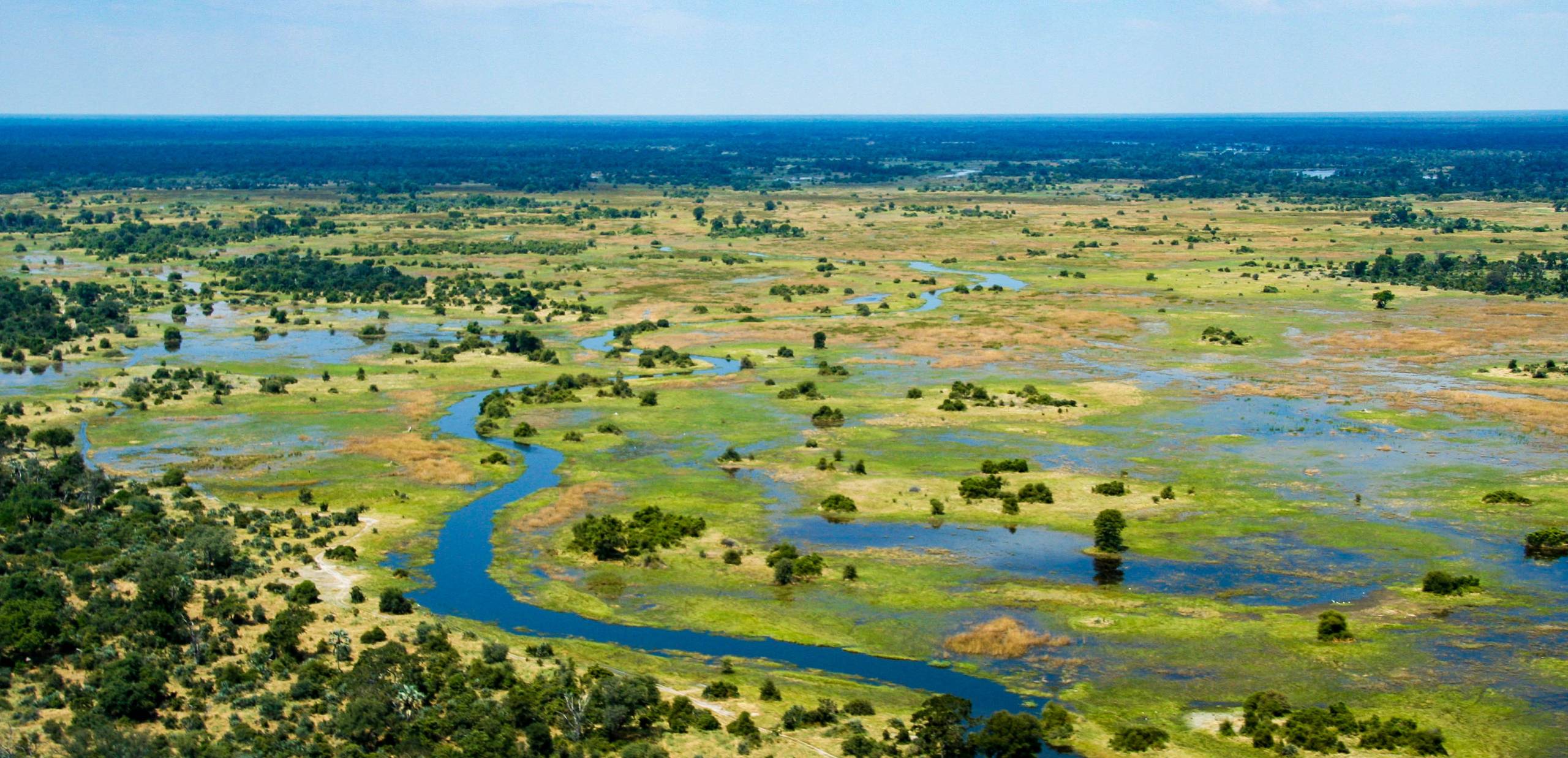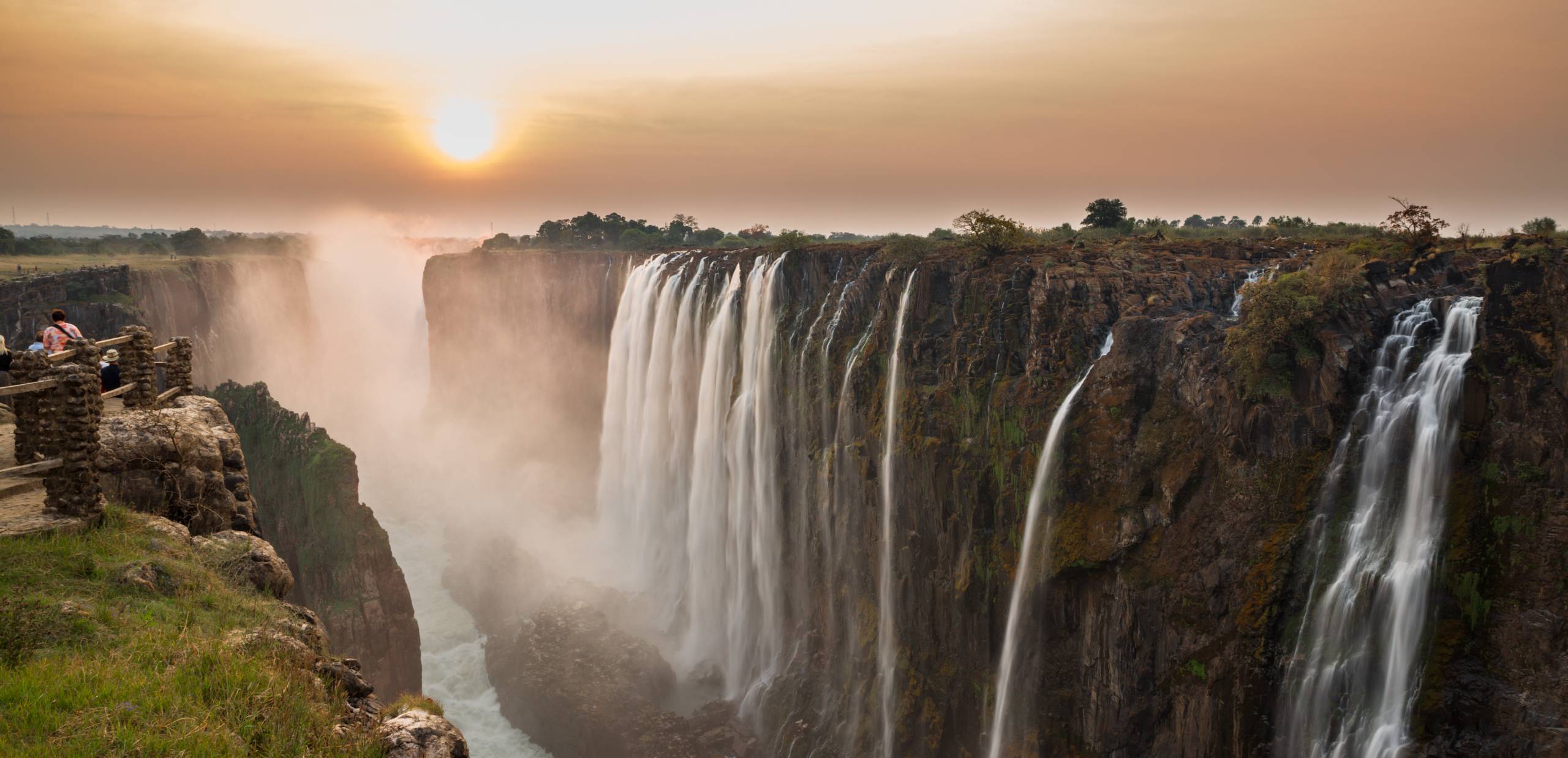Introducing Zimbabwe
The country is breath-taking, with sights like the Victoria Falls and Zambezi River, as well as a variety of wildlife in its many national parks. Experience awe-inspiring encounters on a helicopter tour above Victoria Falls, on an escorted safari trek, or by visiting some of Zimbabwe’s top wildlife parks, which provide the authentic African safari experience. Visit Hwange National Park to see the Big Five or to see more than 400 different bird species. Witness Hippos relaxing on the water as you kayak along the Zambezi River on a canoe safari at Manas National Park or experience these amazing wonders on a guided safari. Beyond the fauna, the history of Zimbabwe can be appreciated at the UNESCO World Heritage Site, Great Zimbabwe, offering impressive stone remains dating back centuries.
In central South Africa, between the Limpopo and Zambezi rivers, is Zimbabwe. It is bordered on the north and northwest by Zambia (797 km), on the east and north-east by Mozambique (1231 km), and on the south and west by Botswana (813 km). It is completely inland and lacks any coast. Zimbabwe is three times the size of England, with a total area of 390 580 sq. km (150 674 sq. mi).
When it comes to wildlife spotting, Zimbabwe is at its most beautiful between July and October. Huge herds gather in lakes, artificial waterholes, and rivers.
Travelling between November and March is rewarding for anyone looking to venture and discover the nation’s rich cultural heritage. The presence of migratory birds will excite birder enthusiasts during this time.
Alternatively, the months of April to June are more affordable and offer incredible views of the Victoria Falls.
The year-round average temperature is warm, ranging from 21 to 35 degrees Celsius.
Zimbabwean cuisine, among the most distinctive and fascinating cuisines in Africa, is characterised by fresh vegetables, rare meats, and indigenous recipes. In Zimbabwe and other African nations, the worm known as mopane is a favourite dish. Mopane trees, which are native to the Matabeleland region and some areas of the Midlands, contain it. Another firm favourite is derere, a special dish created from okra. It’s astounding how many flavours and textures there are. Zimbabwe’s cuisine, like that of nearly all other African nations, is distinguished by its potent and distinct flavours because most of the recipes are made with spices and herbs. The cuisine of this nation is incredibly varied and delicious, and dishes stand out not just for their flavour but also for how simple they are to prepare.
South Africa, Mozambique, Zambia, and Botswana are all neighbours of Zimbabwe in southern Africa. It is primarily inhabited by Christians from the Shona ethnic group. The nation does, however, also have a wide variety of languages, tribes, religions, and customs. Due to British colonial influence, technological advancements, and current social pressures, Zimbabwe’s dominant culture has undergone tremendous change from its traditional state. It is thought that Zimbabwe’s native inhabitants have lived there for more than ten centuries and have Bantu ancestry. The two largest ethnic groups present are Ndebele and Shona. The Shona make up the majority of the population, at about 80%.
Family-friendly activities at Victoria Falls on the Zimbabwean side include visiting artisan markets, taking pictures while holding a small crocodile in your arms at the crocodile farm, or impressing the children by swimming to the edge of the Devil’s Swimming Pool. This is a fantastic place to spend time with the entire family, stroll or saddle on an elephant, or take an amazing helicopter ride over the Falls. Another great spot to visit is the Hwange National Park. The Hwange National Park is recognised for its variety and size of landscapes, from granite rocks and sandy plains to grasslands. It is inhabited by large herds of elephant and buffalo, as well as giraffe, zebra, and a variety of predators and birds. This area’s fauna is amazing and would immediately captivate young children or teens.
Recommended Zimbabwe Specialists
Top Locations in Zimbabwe














